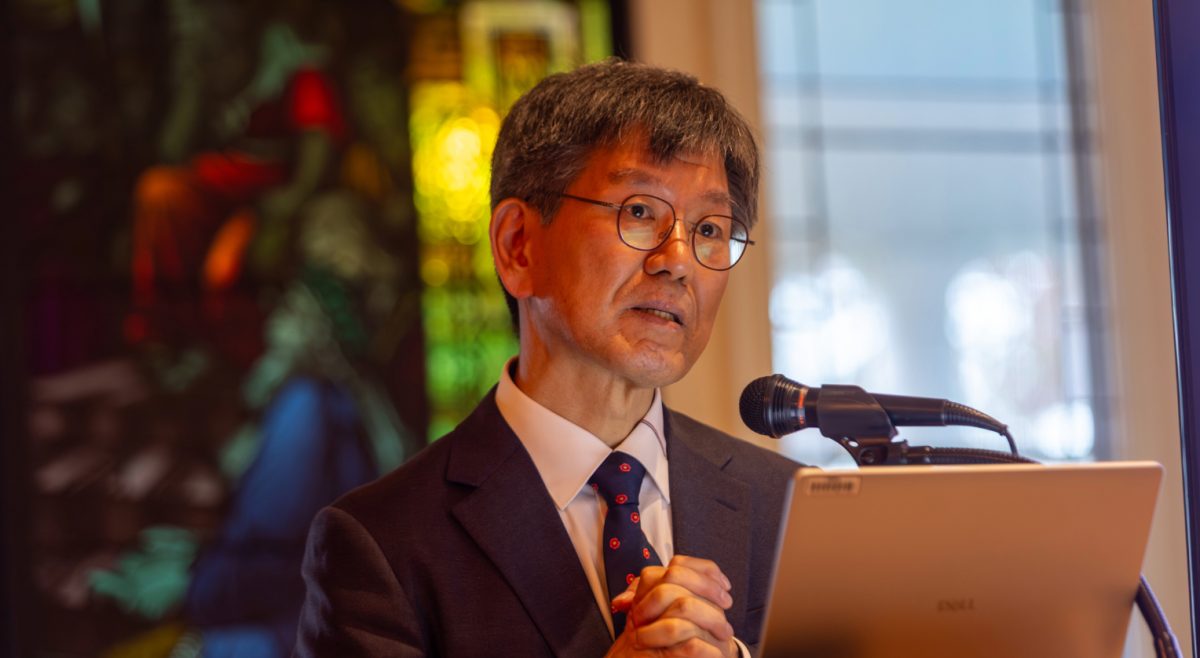As a conventional born-and-raised East-Coaster, my innate habits cause me to stick out even more than your average American in the Philippines. To start, my walking pace is at least three times faster than the typical student’s. Strike one. Additionally, my Filipino counterparts regularly tell me that my rate of speaking is so fast that they can hardly understand me. Strike two. Add to that my general aptitude for being precisely on time, and this girl has just struck out.
Nevertheless, I take this as a unique way to explore what many people call the “sunrise, sunset” culture of the Philippines. Time isn’t always of the essence here, and it’s important to keep in mind that you’ll get there when you get there … even if you get there two hours late. Without the rigid schedules and to-do lists that many Americans-especially college students-are used to, there is substantially more time to sit back and enjoy life passing by between the sunrise and sunset of every day.
By not worrying as much about the future with a schedule of events and timetables, I’ve noticed that the Filipino culture is substantially more relaxed than American society. The day comes as steadily as it goes, and tomorrow will always be a new day, regardless of what occurred in the past. Perhaps events may not always start on time, people will meander through the streets even if they have somewhere specific to be, and post-dinner porch-sitting will be a staple of community life. This mentality speaks volumes not only to the realized nature of the culture, but also to the resiliency and spirit that I’ve seen in many people I have met here, both the prosperous and the struggling.
The reality for many marginalized Filipinos living in overcrowded Manila is a day-to-day subsistence standard of living. Whether they own a small food stand or sell basic wares in the marketplace, the living experience for many people comes down to a day’s wages that can afford food but few simple luxuries. This is a difficult standard of living, as day-to-day business leaves so little room for future savings for education and emergencies, but it stands as a testament to the strong souls of many people living here and around the world. This issue of subsistence-based living is obviously not unique to Manila and is too prominent in the global context, but what I’ve noticed is that this culture tends to approach it from a different perspective. The poor will likely still be poor tomorrow, but the fact that they are able to hope for a sunset tonight and a sunrise tomorrow is what propels a lot of the resilient Manila-folk that I have encountered to continue to strive onward into that sunset.
I’ve mentioned the notion of letting go and being present before, and I’ll reference it again. By acknowledging each day’s beauty and each day’s struggles, one is able to live more presently and openly. By expounding great worry upon next week’s organic chemistry exam, or the political violence in Ukraine, or how Boston College hockey may perform in the national championship this year, or what the state of the U.S. economy will be this upcoming fiscal year, we cannot appreciate the beauty in the sunrise and sunset of every day, and by focusing on minutia we detract from its splendor and sacred nature.
By learning to take the day in stride with its inevitable ups and downs, we can try to get away from turning life into a hamster wheel of worry and anticipation. The fundamental idea is being able to pause, look around and appreciate the day, and acknowledge the fact that this day will end and another will start. When that is accomplished, who knows what simple joys will be illuminated by the sunrise and sunset of each passing day once we are open to them.












